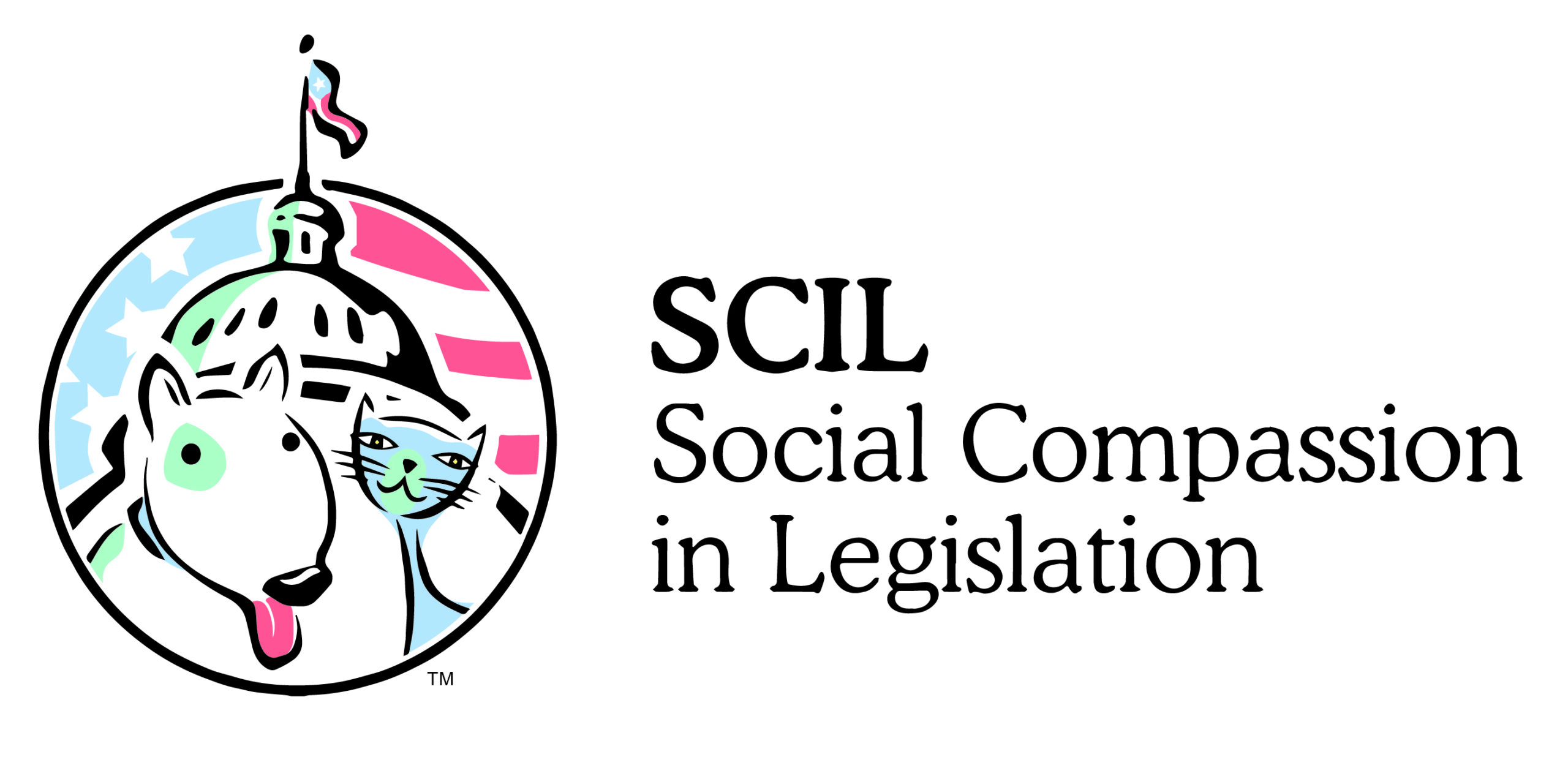[vc_row][vc_column width=”1/3″][vc_single_image image=”3697″ img_size=”full”][/vc_column][vc_column width=”1/3″][vc_single_image image=”3700″ img_size=”full”][/vc_column][vc_column width=”1/3″][vc_single_image image=”3701″ img_size=”full”][/vc_column][/vc_row][vc_row][vc_column][vc_column_text]
The Biodiversity Protection and Restoration Act, which is cosponsored by Social Compassion in Legislation, would require state agencies to prioritize the protection of biodiversity in carrying out mandates.
[/vc_column_text][/vc_column][/vc_row][vc_row][vc_column][vc_column_text]Sacramento CA, February 11, 2021, The world is in the midst of an extinction crisis, which is why today, Assemblywoman Lorena Gonzalez (D-San Diego) and joint author Assemblymember Ash Kalra (D-San Jose), along with cosponsors Social Compassion in Legislation and the Center for Biological Diversity, introduced AB 564 – The Biodiversity Protection and Restoration Act of 2021. This bill seeks to ensure all state agencies, consistent with Executive Orders from Governor Brown, B-54-18 and from Governor Newsom, N-82-20, consider and prioritize the protection of biodiversity in executing their statutory directives.
“Our children and future generations deserve better than to see the wildlife and natural beauty that define California be destroyed. We have a responsibility to step up to preserve our biodiversity before the damage is too severe to reverse,” Assemblywoman Gonzalez said. “This measure will help restore our environment, make our ecosystems more resilient, and treat this ecological crisis with the urgency it truly deserves.”
California is a biodiversity hotspot, home to thousands of species, many of which occur only in the state and nowhere else. Over the past two decades, California has lost more than one million acres of natural area due to development. As many as a third of California species are of conservation concern, while hundreds are at serious risk of extinction. California’s biodiversity, like our climate, is nearing a tipping point where the continued loss and degradation of the natural environment will push many ecosystems and wildlife species past the point of no return, threatening the health and economic prosperity of California.
“As nature continues to face unprecedented challenges, many areas of exceptional biodiversity remain unprotected and it is our responsibility to help guide the state on how to conserve natural spaces for our future generations,” said Assemblymember Kalra (D-San Jose). “Last year, I proudly authored AB 3030 which set the stage for Governor Gavin Newsom’s executive order that made California the first state in the nation to adopt a ‘30 by 30’ goal. I’m honored to continue the work which has established our state as a global leader in environmental stewardship. By building on these initiatives, we can further our commitment to preserving the integrity of existing ecosystems and ensuring that wildlife can thrive, while enhancing the resilience of our state and the planet, so that all Californians can enjoy the benefits that nature provides.”
“Ecosystems are at the point of no return,” said Judie Mancuso, founder and CEO of Social Compassion in Legislation. “We can’t wait any longer; our natural environment and those who call it their home are facing dire consequences such as extinction due to human-action and lack of will to make the necessary changes. AB 564 will help ensure we take the required action to protect our state’s fauna, flora, and the environment that we all live in.”
On September 7, 2018, Governor Edmund G. Brown issued Executive Order B-54-18, which launched the California Biodiversity Initiative and directed the Secretaries of Food and Agriculture and Natural Resources to implement the initiative and to promote deeper understanding of current and future threats to California’s biodiversity; protect native vegetation; manage and restore natural and working lands and waterways; and explore appropriate financing options to achieve these goals. The order directed all state agencies to work together to achieve these goals.
Similarly, on October 7, 2020, Governor Gavin Newsom issued Executive Order N-82-20, which established the California Biodiversity Collaborative to protect and restore the state’s biodiversity. The order sets out the goal of the state to conserve at least 30 percent of California’s land and coastal waters by 2030 and requires the California Natural Resources Agency and other relevant state agencies to develop and report by February 2022 strategies to meet that goal.
AB 564 affirms and codifies the biodiversity protection provisions of both executive orders by requiring that all state agencies, boards, and commissions utilize their authority in advancement of the purposes and goals laid out in the executive orders. The bill will also help slow the loss of biodiversity and natural lands by requiring that no public agency approve projects that are inconsistent with or would impair the implementation of the strategies developed by the Resources Agency to meet the 30 by 30 goal of Governor Newsom’s executive order.
“California’s unique biodiversity is at a crisis point, threatened by both direct habitat loss and the rapid transformation of our state from climate change,” said Brendan Cummings, conservation director of the Center for Biological Diversity. “This bill helps ensure that the goals of habitat protection, including the 30 by 30 goal, are not just aspirational, but are actually pursued by agencies as an official policy of the state. Enhanced protection of natural areas will not only better safeguard our irreplaceable plants and animals, but also the quality of life of all Californians.”[/vc_column_text][/vc_column][/vc_row]







One Response